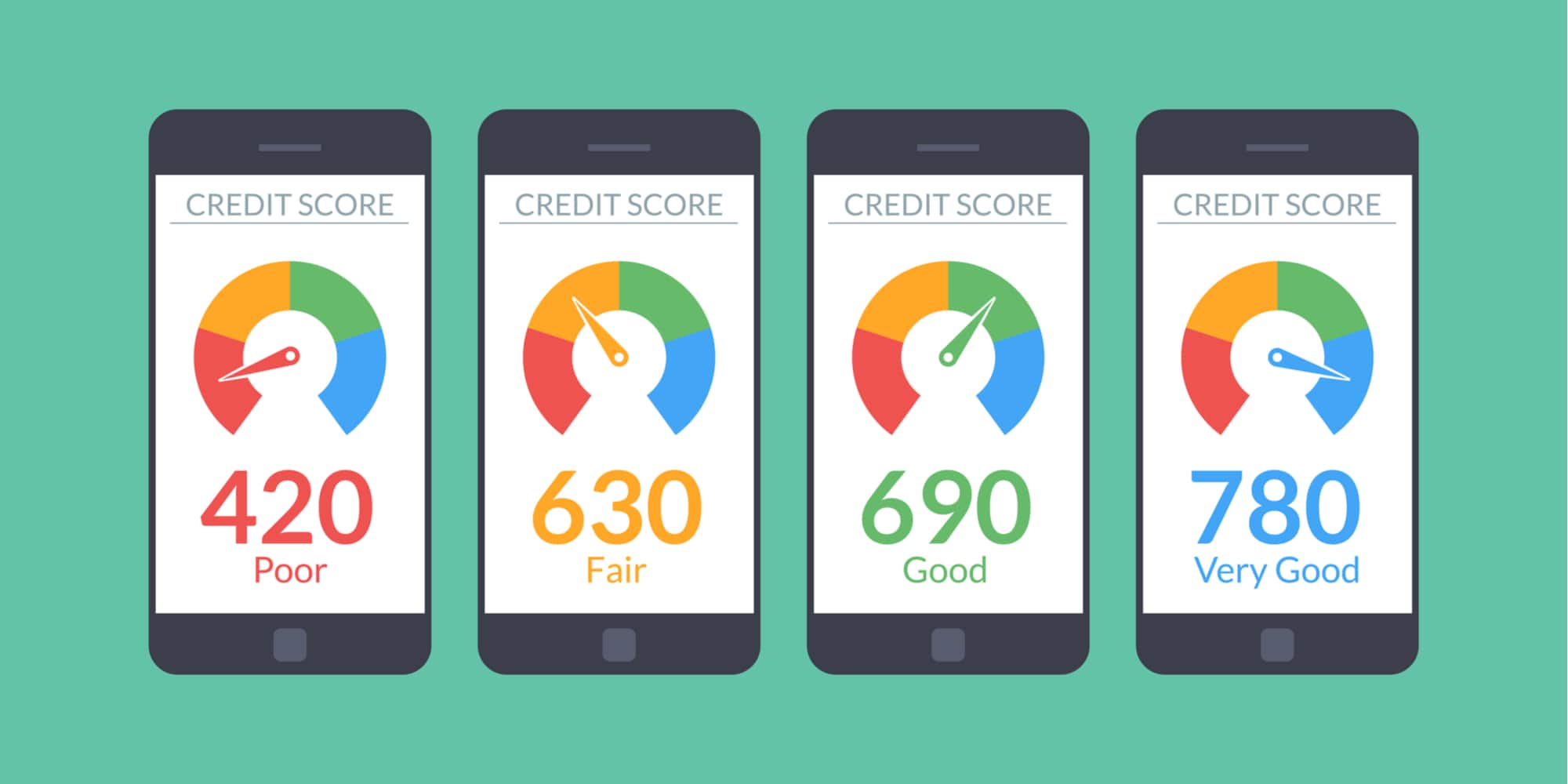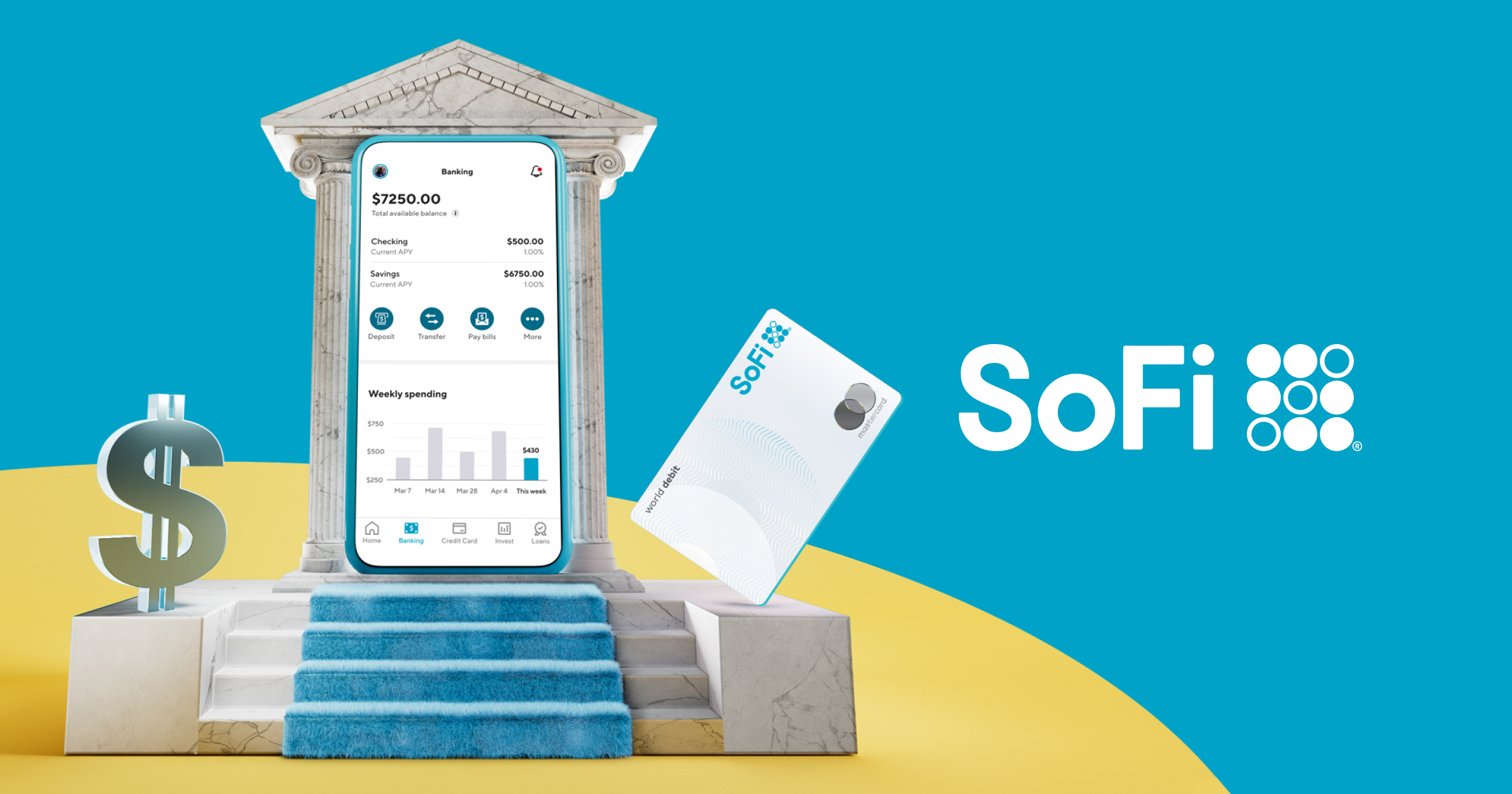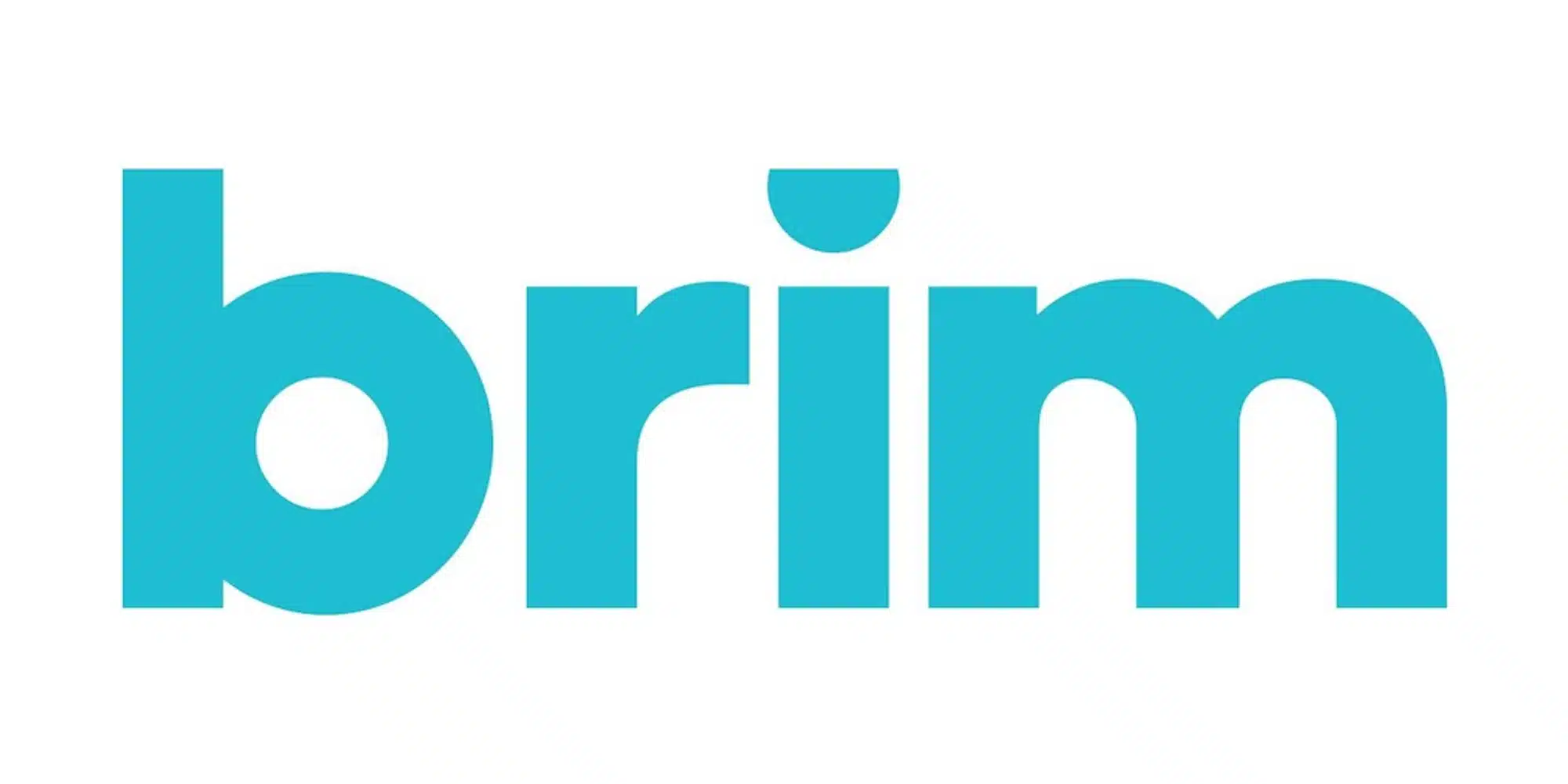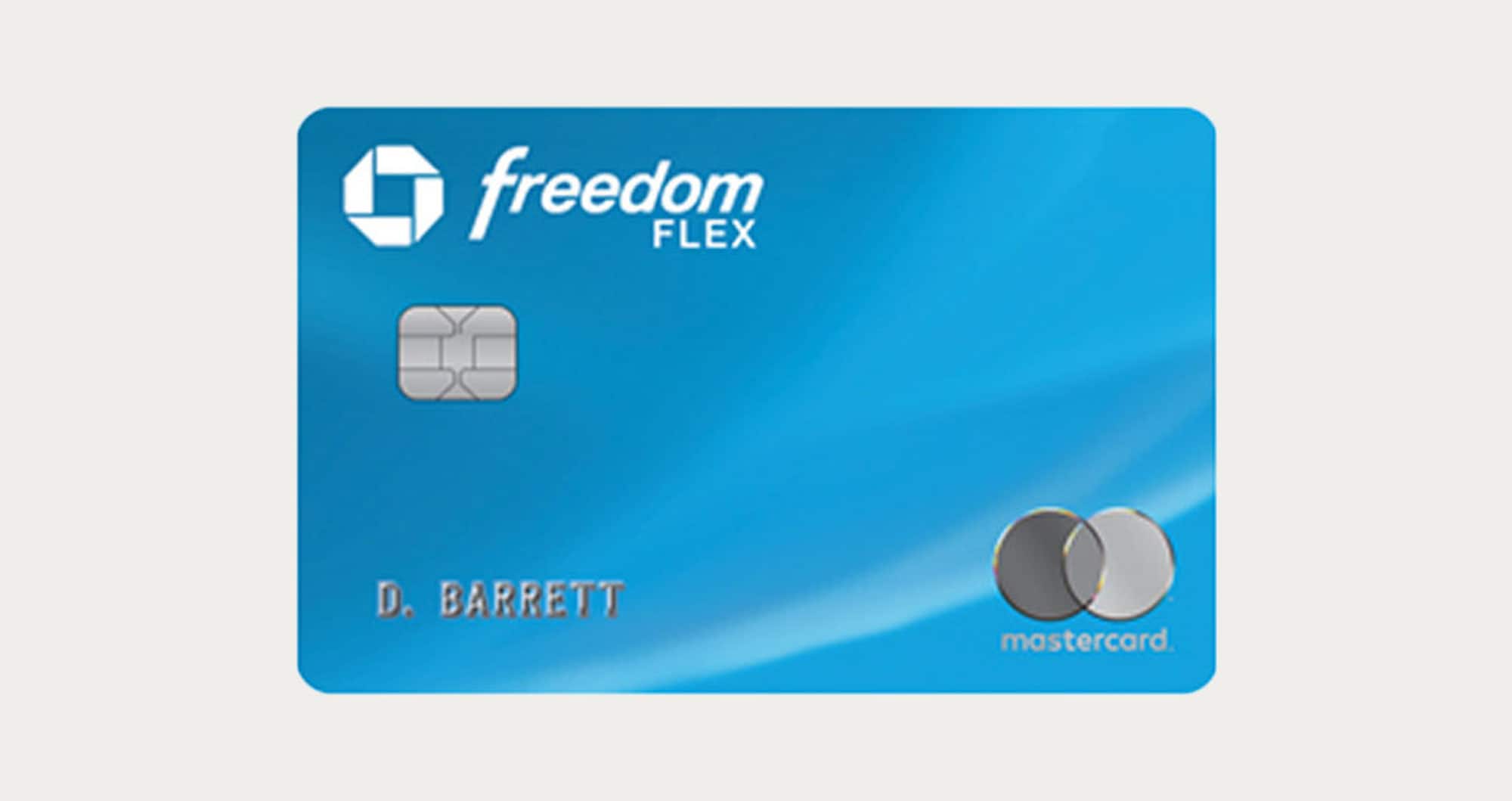
FinTech News
Uphold Introduces Stablecoin Center, Adds Support for Tether and More
As the concept of cryptocurrencies has crept into the mainstream, it’s come with concerns from outsiders. In addition to regulators who worry about market manipulation and money laundering, there have also been investors who fret over the severe volatility of such assets. Look no further than the famous Bitcoin run that saw prices skyrocket to nearly $20,000 before crashing back down to Earth. To solve this issue, some have turned to “stablecoins” — or tokens pegged to fiat currencies. Now, in a testament to how these types of assets are gaining interest, Uphold has announced support for a new stable of stablecoins with its new Stablecoin Center.
With more than $6 billion in transactions under its belt and upwards of two million customers, Uphold has grown into one of the leading digital currency platforms. This week it announced that they were further expanding their offerings to include more stablecoins. The platform will now not only include Tether (USDT), TrueUSD (TUSD), USD Coin (USDC), and DAI (DAI) — which represent the four most popular stablecoins by market volume — but also feature UPUSD and UPEUR from the Universal Protocol Alliance. Uphold notes that these six tokens join a collection of more than 50 currencies and commodities currently supported on the platform, which can all be traded without commission fees.
With the Stablecoin Center, users will be able to purchase stablecoins using debit or credit cards, bank accounts from more than 40 countries, or crypto wallets. Additionally stablecoins purchased with Uphold will be eligible to earn up to 10% interest using the third-party app Cred Earn.
In a press release announcing the stablecoin expansion, Uphold CEO JP Thieriot commented on the growing success of the token type, saying, “The demand for stablecoins is a proxy for the deficiencies of the traditional banking sector. While the advances of FinTech and crypto continue a long, hard slog through the regulatory labyrinth, stablecoins serve as a sort of conduit and translation layer, particularly relevant to this stage in the evolution of the sector.” Thieriot went on to discuss the new Stablecoin Center, noting, “The Stablecoin Center was a natural progression for Uphold. It is more important than ever to provide our customers with the most economical and transparent methods for managing their money.”
Even if top cryptocurrencies like Bitcoin may not be as volatile these days as they once were, their rampant fluctuations have still proven to be too much for some users, investors, and regulators to handle. Meanwhile, with stablecoins being pegged to other currencies, Thieriot notes that they are “quickly being adopted by central banks around the world.” Although cryptocurrency enthusiasts might not appreciate the rise of stablecoins, perhaps the embrace of this technology can at least help clear the way for more innovation and maybe eventual decentralization.





